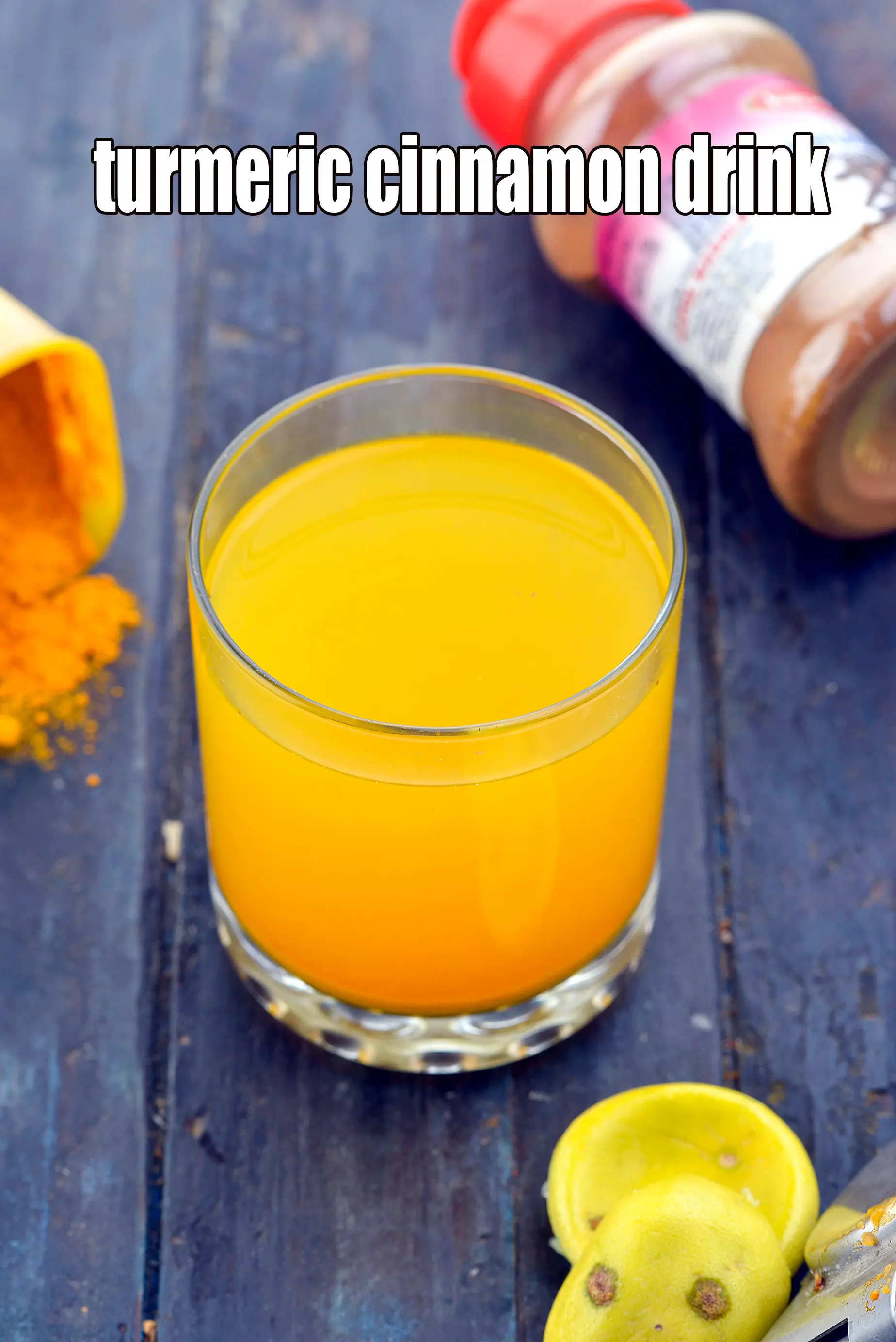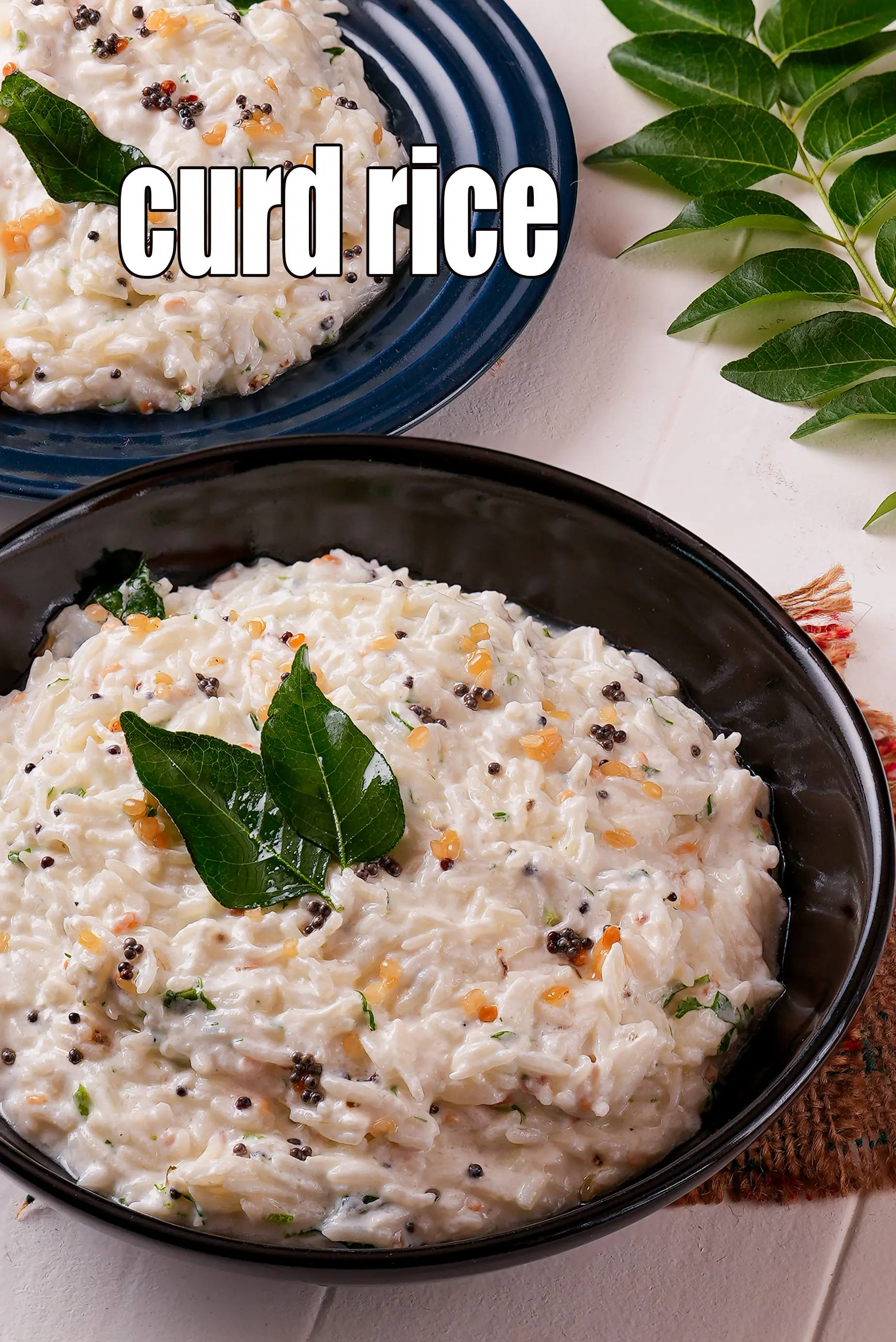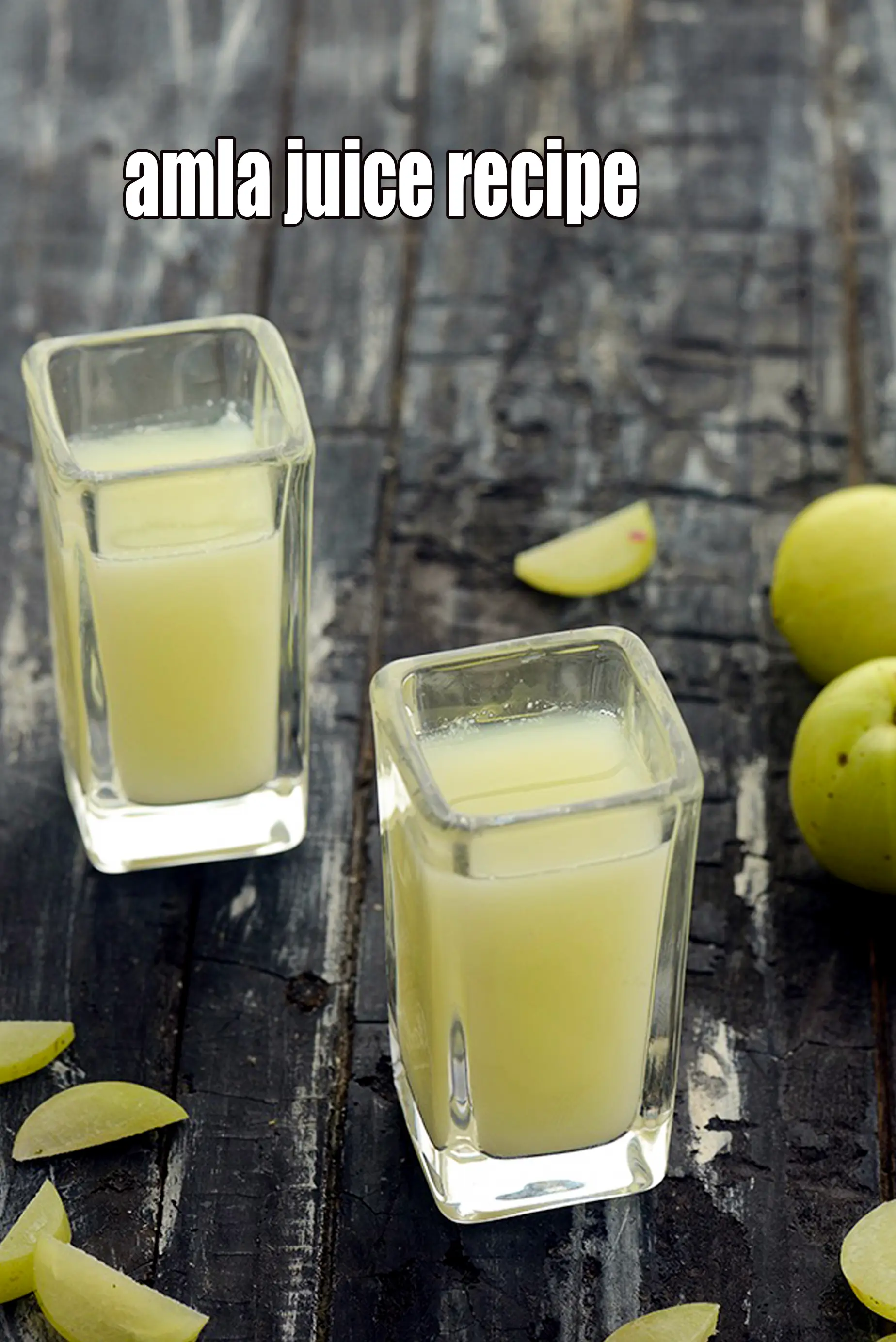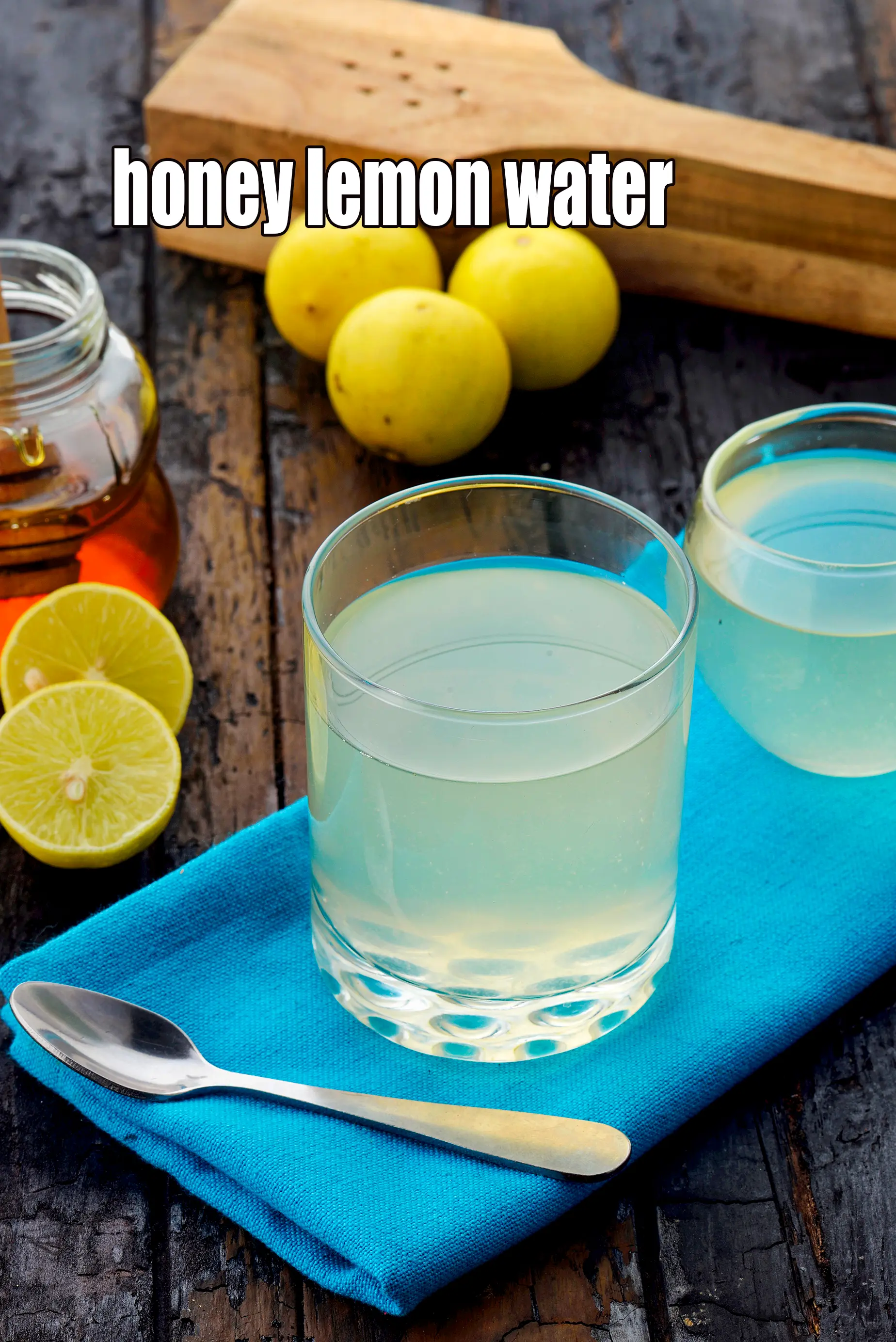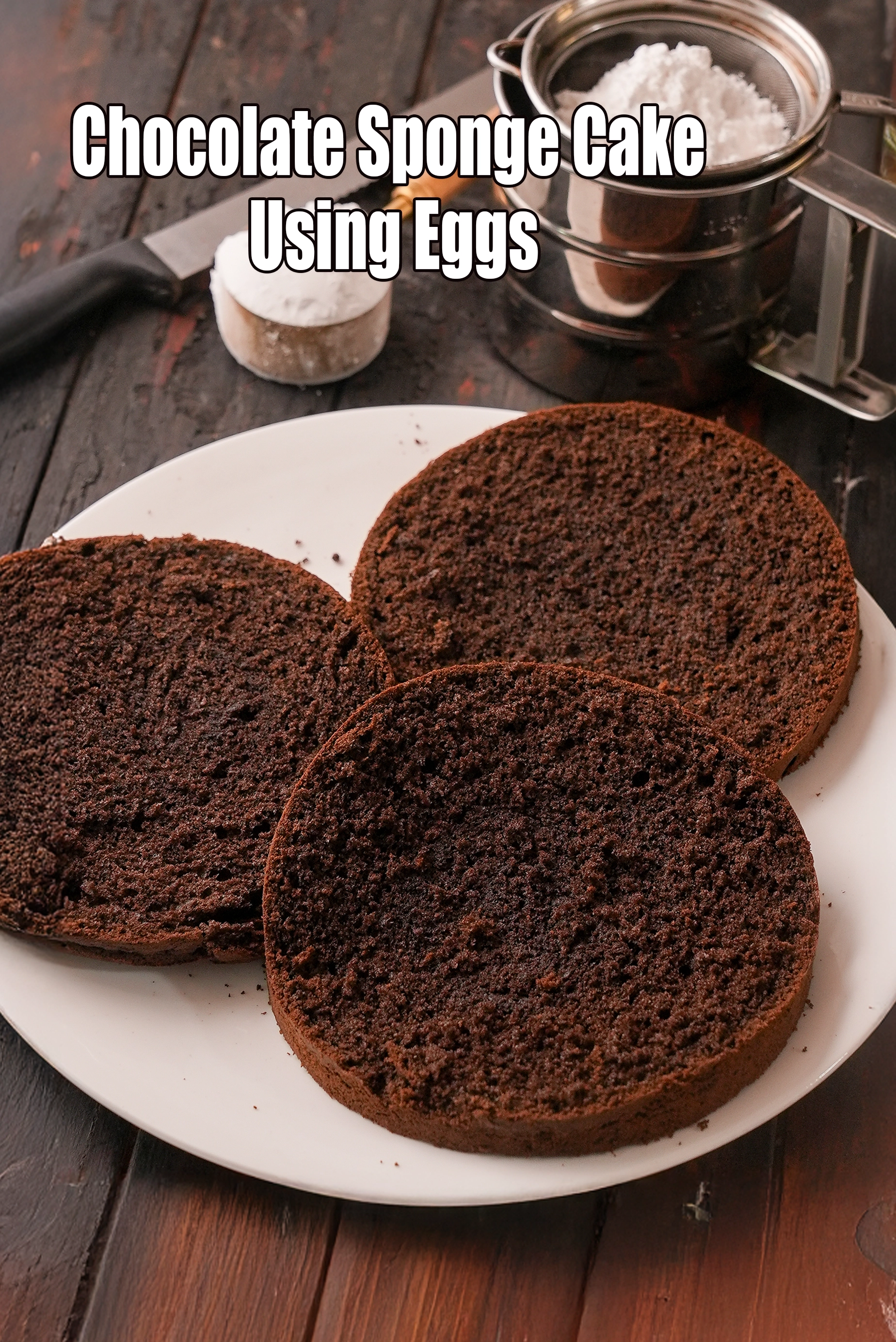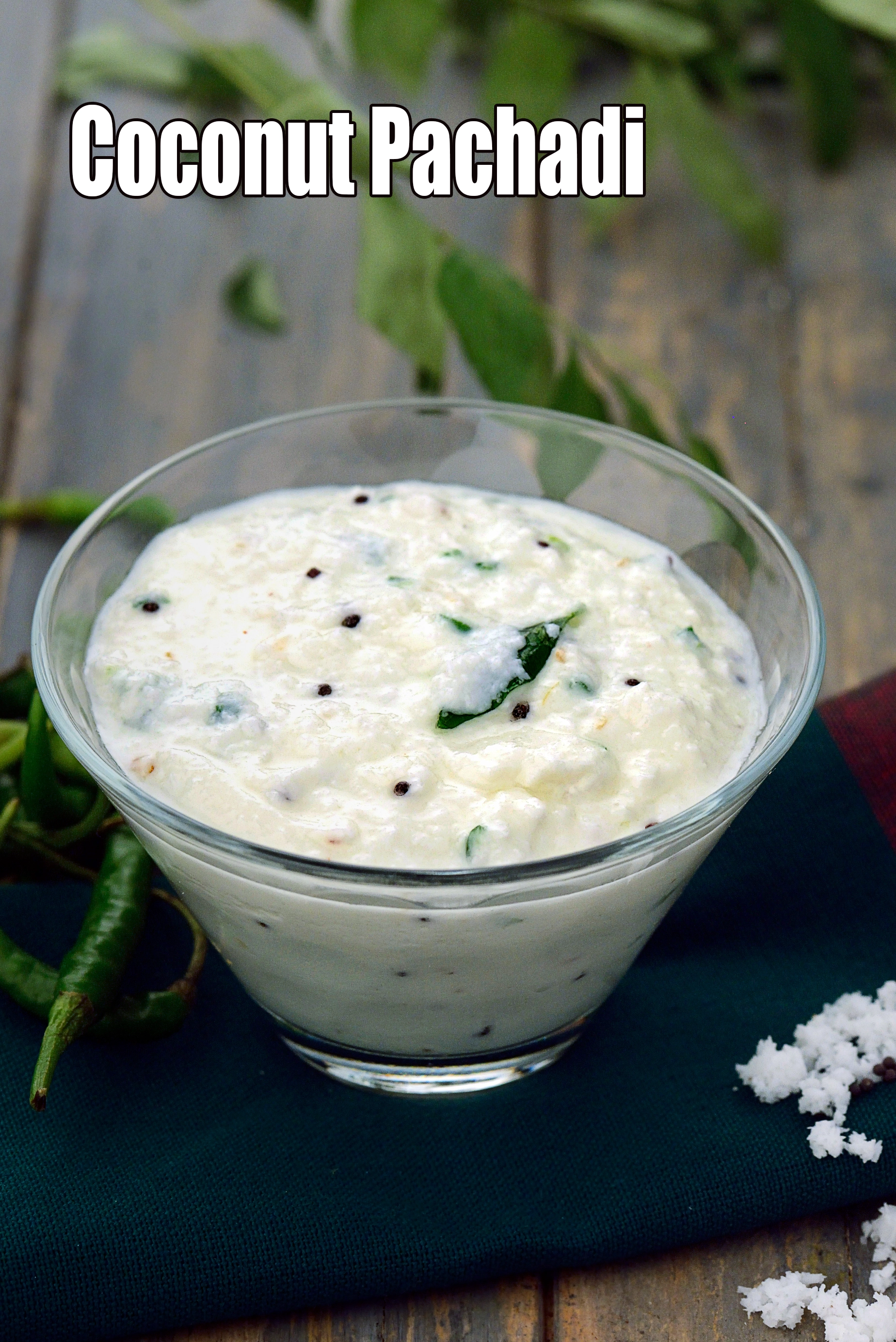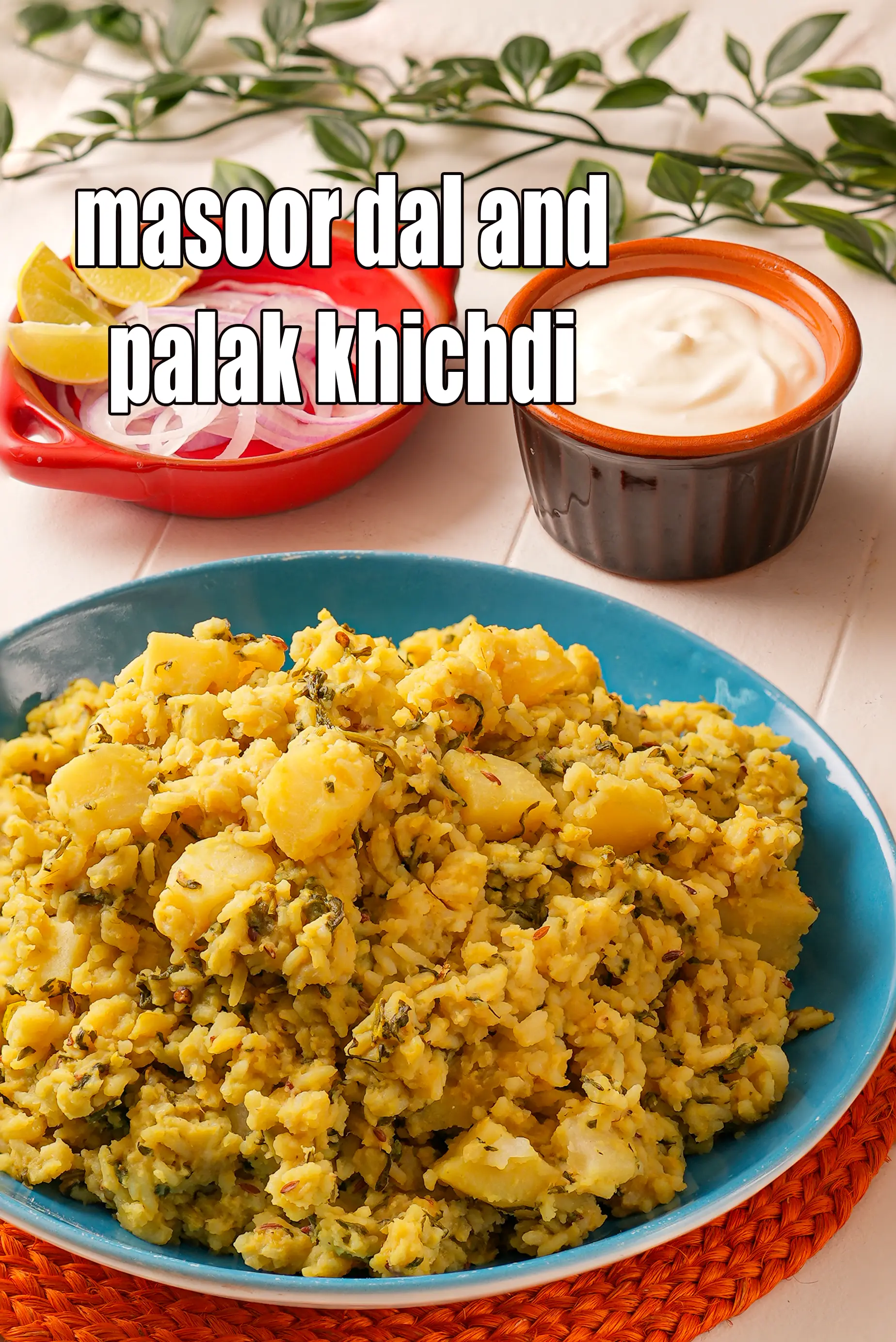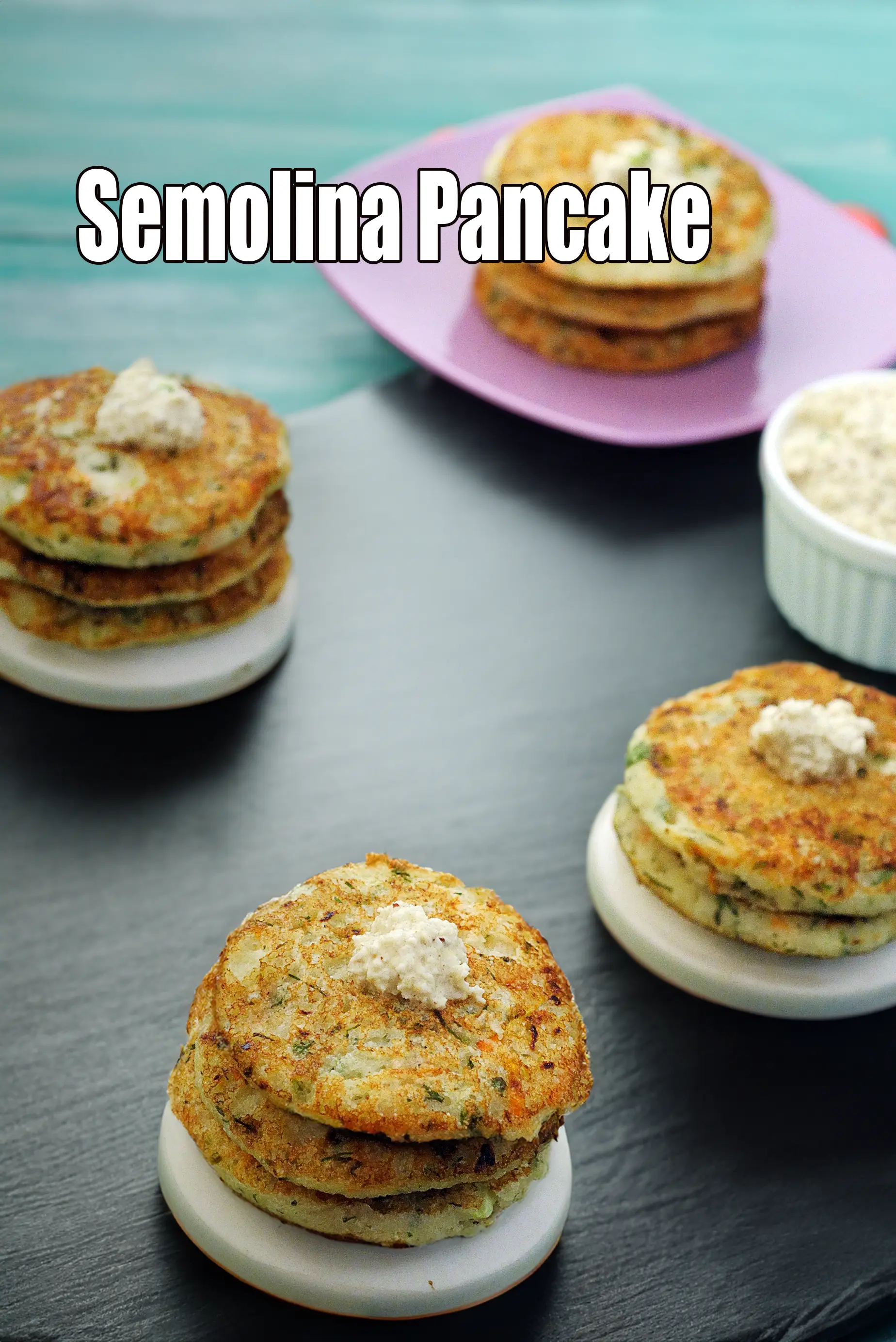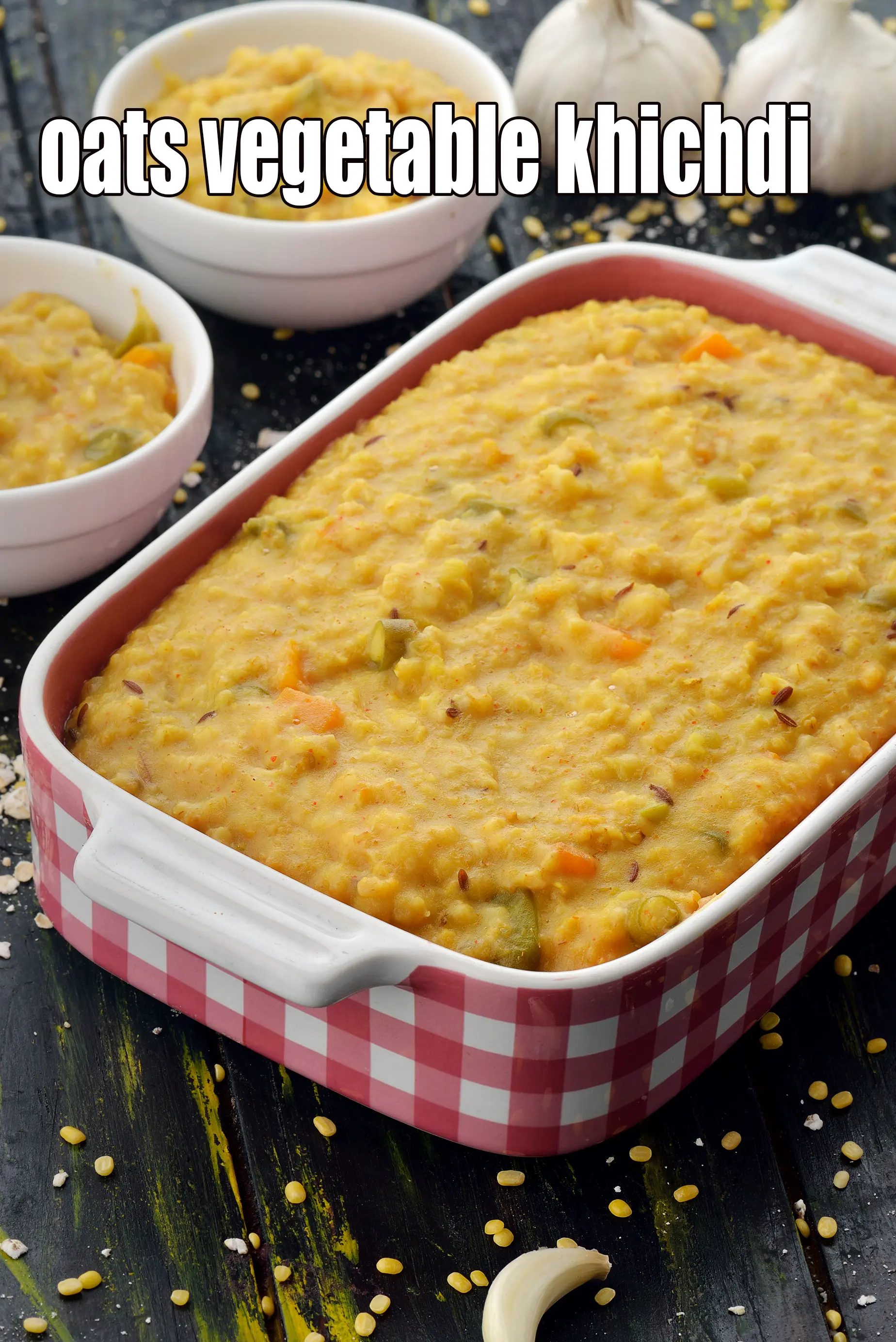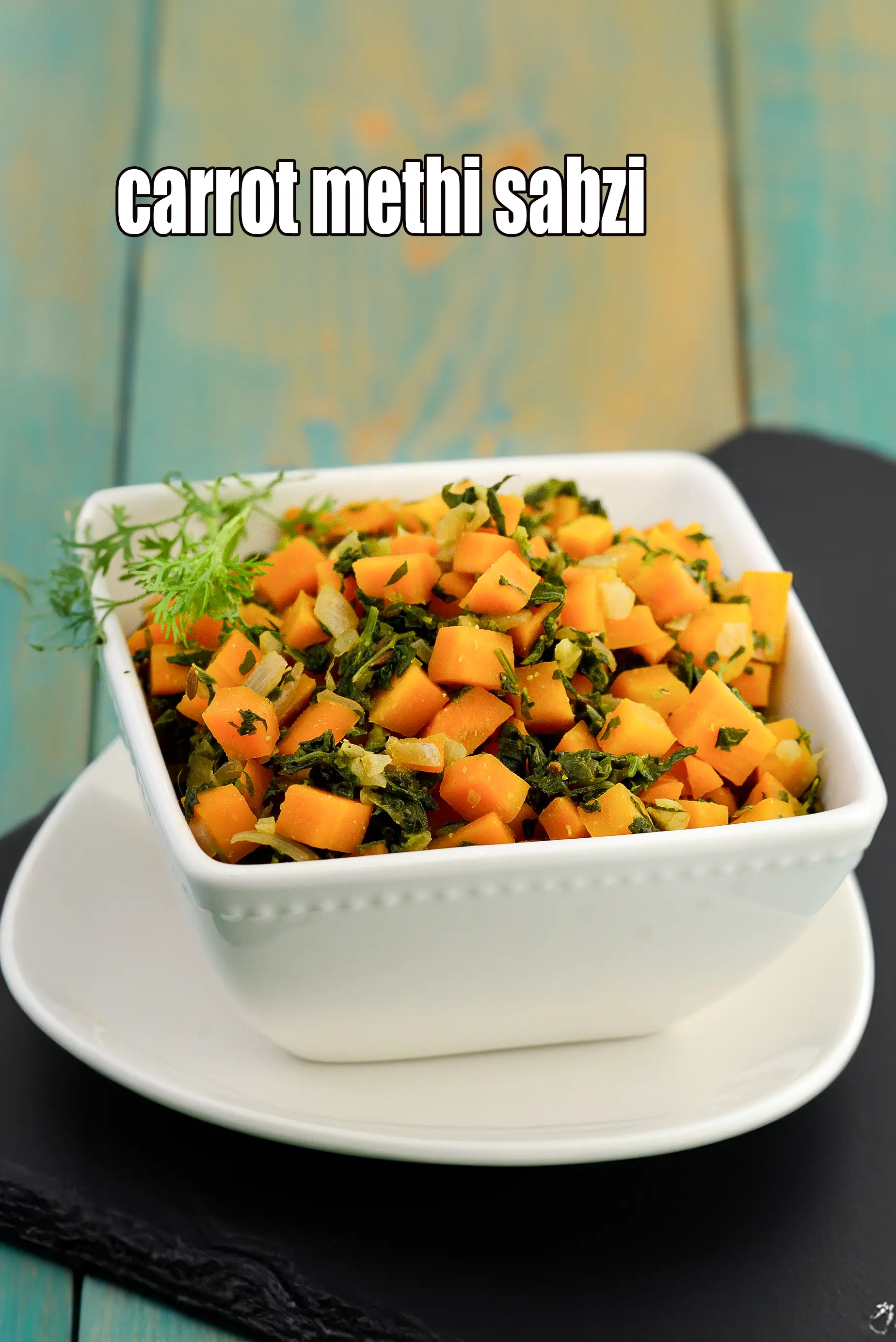Nutritional Facts of Pesarattu, Calories in Pesarattu
This calorie page has been viewed 102849 times
How many calories does one Pesarattu have?
One Pesarattu gives 145 calories. Out of which carbohydrates comprise 82 calories, proteins account for 30 calories and remaining calories come from fat which is 32 calories. One Pesarattu provides about 7 percent of the total daily calorie requirement of a standard adult diet of 2,000 calories.
Click here to view. Pesarattu recipe. When you are in Andhra Pradesh, you must try their famous whole green moong dosas, known as Pesarattu. On the other hand, you can try it right away in your own kitchen!
These delicious green gram dosas include a little bit of rice for crispness, as well as green chillies and ginger for an elegant flavour.
They are usually filled with sautéed onions, but some people like to use raw onions and coriander, instead. Yet others like to serve it as Special Pesarattu, stuffed with delicious rava upma!
Is Pesarattu healthy?
Yes, this is healthy. But restrictions apply to some.
Let's understand the Ingredients.
What's good.
1. Mung, Moong, Whole green gram, Mung beans : Mung is rich in Folate, Vitamin B9 or Folic Acid helps your body to produce and maintain new cells, especially red blood cells. Being rich in Antioxidants like Flavonoids, mung reduces the damage done by free radicals to the blood vessels and lowers inflammation. They help in the free flow of blood and good for heart. As Moong is low in fat and high in protein and fibre, eating mung beans will keep you fuller for a longer time and great for weight loss. Lentils and beans are Antioxidants which are known to reduce blood pressure. See detailed benefits of moong.
2. Onions (pyaz, kanda) : Raw onions are a very valuable source of vitamin C – the immune building vitamin. Along with other phytonutrients from onions, it helps to build WBC (white blood cells) which serves as a line of defence against illness. Yes, it’s a source of many antioxidants, the most important one amongst them being Quercetin. The quercetin in Onions promotes production of HDL (good cholesterol) and lowers total cholesterol in the body. The sulphur in onions act as a blood thinner and prevents blood clotting too. This in turn would lower blood pressure and good for heart, diabetics. Read the benefits of onions.
3. Ginger (Adrak) : Ginger is an effective cure for congestion, sore throat, cold and cough. It aids digestion and relieves constipation. Ginger was found as effective as drugs in relieving menstrual pain. Ginger is effective in decreasing the cholesterol levels in patients with high cholesterol. Ginger significantly reduces symptoms of nausea in pregnant ladies. See here for 16 Super Health Benefits of Adrak, Ginger.
4. Green Chillies : Antioxidant vitamin C in green chillies protects the body from effects of harmful free radicals and prevents stress. It is probably the high fiber which helps in controlling blood sugar levels. This it is a welcome addition to a diabetic diet. Suffering from anaemia? Add green chillies to your list of iron rich foods too. For complete details see benefits of green chilli.
What's the problem?
1. Rice : Here are the pros for rice. Rice is a great source of complex carbohydrates, which is an important source of energy for our body. Rice is low in fibre and therefore a good option for people suffering from diarrhoea. What's not good in rice. Foods like rice are high in Glycemic index are not suitable for weight loss, heart patients, diabetics as they affect the blood sugar control levels. See details of is white rice and parboiled rice good for you?
Can diabetics, heart patients and over weight individuals have Pesarattu?
No, this recipe is not good for diabetics, heart and weight loss. Foods like rice are high in Glycemic index are not suitable for weight loss, heart patients, diabetics as they affect the blood sugar control levels.
What are the healthier dosa recipes?
Opt for nachni dosa, quinoa dosa, oats dosa, 4 Flour Dosa recipe, spinach dosa or buckwheat dosa which has ZERO rice used. Serve it with a healthy sambar recipe or coconut chutney. Read which idlis and dosas are healthy?
Can healthy individuals have Pesarattu?
Yes. But eat in restricted amounts as there is rice.
8 Pointers to get healthy on a Indian diet
1. Eat healthy and say yes to good home cooked food. Prefer whole grains like oatmeal, quinoa, buckwheat, barley and healthy flours like bajra flour, jowar flour, quinoa flour, wheat flour etc. rather than refined ones like maida. Have healthy Indian fats like ghee, coconut, coconut oil in your diet.
2. Opt out of junk food, packaged food, deep fried foods. Prefer steamed snacks and other non-fried snacks. Check out some Healthy Indian Snacks. Remember to eat small frequent meals through the day as that will keep you always full and prevent your blood sugar from dropping. By starving your body through some diet, will not help you one bit. In fact, dieting will make you binge on 2 to 3 meals which is not good.
Skip having Indian junk foods like pav bhaji, bata vada, pakoras, gulab jamun as they cause your body to have insulance resistance. The resultant is your body will store more carbohydrates as fats, causing storage of fat in the stomach causing a paunch and slowing down of our fat burning process. So its a bad cyle which causes you more more hunger and fatigue every time you eat junk food.
3. Have 4 to 5 servings of vegetables and 2 to 3 servings of fruit is a must. Follow the logic of a vegetable in each main meal of the day and a fruit in-between meals. Check out a few Healthy Indian Soups and Healthy Indian Salads recipes using this food group.
4. Cut down on sugar and salt in your diet and pick honey ( very small amounts) or dates to sweeten your food. Slowly cut the sugar habit as this is not going to happen over night. Sugar is also called white poison. It is a simple carbohydrate with zero nutritional value. On intake, sugar will cause inflammation of the body which will last for many hours. It will spike your blood sugar level and shut down the fat burning process. This also causes high blood sugar levels in your body. The development of prediabetes comes from uncontrolled eating sugar and refined food products for many years and the classic symptom is if you have excess belly fat. This leads to diabetes and further onwards to heart attack, high blood pressure, strokes, impotence and kidney damage.
Salt and blood pressure. Apart from stress and obesity, one of the main reasons for high blood pressure is excessive sodium and salt intake. Most people find it difficult to limit the amount of salt in their cooking, thinking it will affect the taste of their favourite dishes.
This is not true. Bajra and jowar are rich in potassium and critical for those with High Blood Pressure as it lessens the impact of sodium. Eating more Potassium Rich Foods will remove more sodium from your body through urine. So include the basic bajra roti and jowar roti in your daily diet to have with Lower Blood Pressure Subzis Recipes.
5. Befriend a few healthy seeds and nuts like chia seeds, flax seeds, sesame seeds, walnuts and almonds. Stress. The easiest way to kill your immune system is chronic stress.
6. Sprouts are called ‘living food’. They are high is most nutrients and easy to digest as well. Let them feature in your meals at least thrice a week. Also Read : All Benefits about Sprouts.
7. Exercise 45 minutes every day. No excuse. You can walk fast, run, do weights, play your favourite sport or go to the gym. No activity reduces muscle tissue which will lead to muscke loss and all kinds of problems with that. Workout builds immunity and keeps virus or bugs away.
8. Sleep early and get up early. Get your body into rhythm and it will function best. Sleep helps your body to recover and makes you look much younger. Also getting good sleep prevent muscle loss, builds immunity and keeps virus or bugs away.
Pesarattu is high in
1. Folic Acid : Folic acid is an essential vitamin required throughout pregnancy.
2. Vitamin B1 : Vitamin B1 protects nerves, helps in carbohydrate metabolism, prevents heart diseases and helps produce red blood cells.
3. Fiber : Dietary fiber reduce the risk of heart disease, prevent the spike in blood sugar levels and hence super for diabetics. Consume more fruits, vegetables, moong, oats, matki, whole grains.
Note : a recipe is deemed high in a Vitamin or mineral if it meets 20% and above the recommended daily allowance based on a 2,000 calorie diet.
How to burn 145 calories that come from Pesarattu?
Walking (6 kmph) = 44 mins
Running (11 kmph) = 15 mins
Cycling (30 kmph) = 19 mins
Swimming (2 kmph) = 25 mins
Note: These values are approximate and calorie burning differs in each individual.
| Energy | 145 cal |
| Protein | 7.6 g |
| Carbohydrates | 20.5 g |
| Fiber | 5.3 g |
| Fat | 3.6 g |
| Cholesterol | 0 mg |
| Vitamin A | 57.7 mcg |
| Vitamin B1 | 0.2 mg |
| Vitamin B2 | 0.1 mg |
| Vitamin B3 | 0.7 mg |
| Vitamin C | 2.5 mg |
| Folic Acid | 192.4 mcg |
| Calcium | 42.4 mg |
| Iron | 1.4 mg |
| Magnesium | 42.8 mg |
| Phosphorus | 108.6 mg |
| Sodium | 9.1 mg |
| Potassium | 271.7 mg |
| Zinc | 1 mg |
Click here to view Pesarattu
Calories in other related recipes


